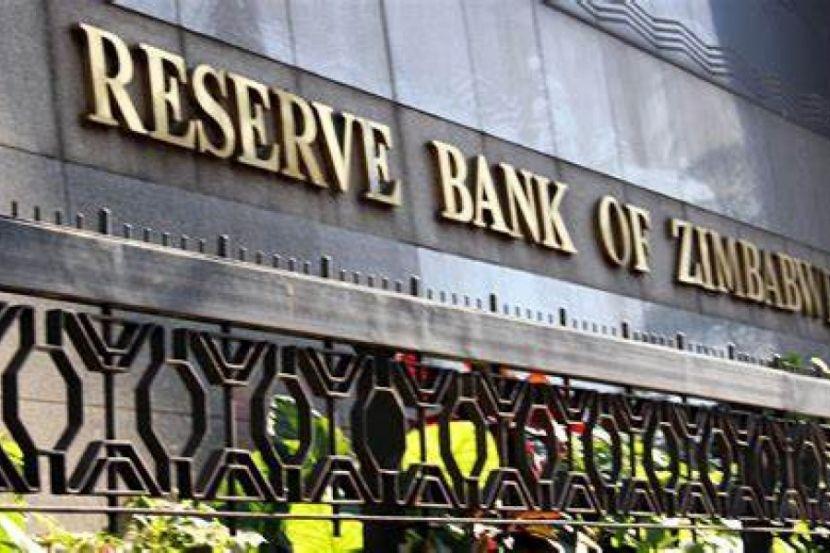In a significant move to stabilize Zimbabwe’s economy, Reserve Bank of Zimbabwe (RBZ) Governor John Mushayavanhu unveiled plans for the introduction of a new currency, ZiG (Zimbabwe Gold).
The announcement came during the presentation of the 2024 Monetary Policy Statement (MPS) on Friday, April 5th, 2024.
Mushayavanhu outlined that ZiG will be supported by a combination of foreign currencies, gold, and other precious metals.

The currency will be issued in various denominations, including 1, 2, 5, 10, 50, and 100 notes, with corresponding coins for half and a quarter ZiG.
The launch of ZiG is scheduled for April 8th, with an initial exchange rate set at 13.56 per dollar and an accompanying interest rate of 20%.
Banks are mandated to convert their existing Zimbabwean dollar balances into ZiG, a move aimed at fostering a stable and robust national currency.
Speaking at a press conference in Harare, Mushayavanhu emphasized the necessity of establishing a dependable currency, stating, “We want a solid and stable national currency in this country. It does not help to print money. Certainly, under my watch, it is not going to happen.”
The decision to introduce ZiG marks Zimbabwe’s sixth attempt to establish a functional local currency since the economic crisis of 2008, which saw hyperinflation rates surpassing 500 billion percent, rendering the currency virtually worthless.
READ ALSO: Celebrating the Impact of Festus Adebayo: A Champion in African Housing Advocacy
The current Zimbabwean dollar has depreciated significantly, losing four-fifths of its value against the dollar since the beginning of the year, making it one of the worst-performing currencies globally.
The deteriorating currency has led to a predominant use of foreign currencies in transactions, with over 80% conducted in dollars. Inflation has surged to 55.3% in March from 47.6% the previous month.
Mushayavanhu expressed confidence that the introduction of ZiG would help mitigate inflation, projecting a decline to 2% to 5% by the end of the year. He reiterated the central bank’s commitment to refrain from engaging in quasi-fiscal activities, emphasizing its core mandate.
Key highlights of the Monetary Policy Statement include:
- Structured currency backed by reserves and royalties
- Conversion of ZWL dollar balances to ZiG
- Co-circulation of ZiG alongside other currencies
- Maintenance of the multi-currency system until 2030 as per legal provisions
- Obligation conversion to ZiG
- Acceptance of old notes by banks for the next 21 days
Additionally, President Emmerson Mnangagwa has issued Statutory Instrument 60 of 2024 to operationalize ZiG, facilitating its implementation.
READ ALSO: CBN’s Recapitalization May Lead to Closure, Acquisition of 11 Banks
The move to introduce ZiG underscores Zimbabwe’s commitment to address economic challenges and restore financial stability through innovative monetary measures.



